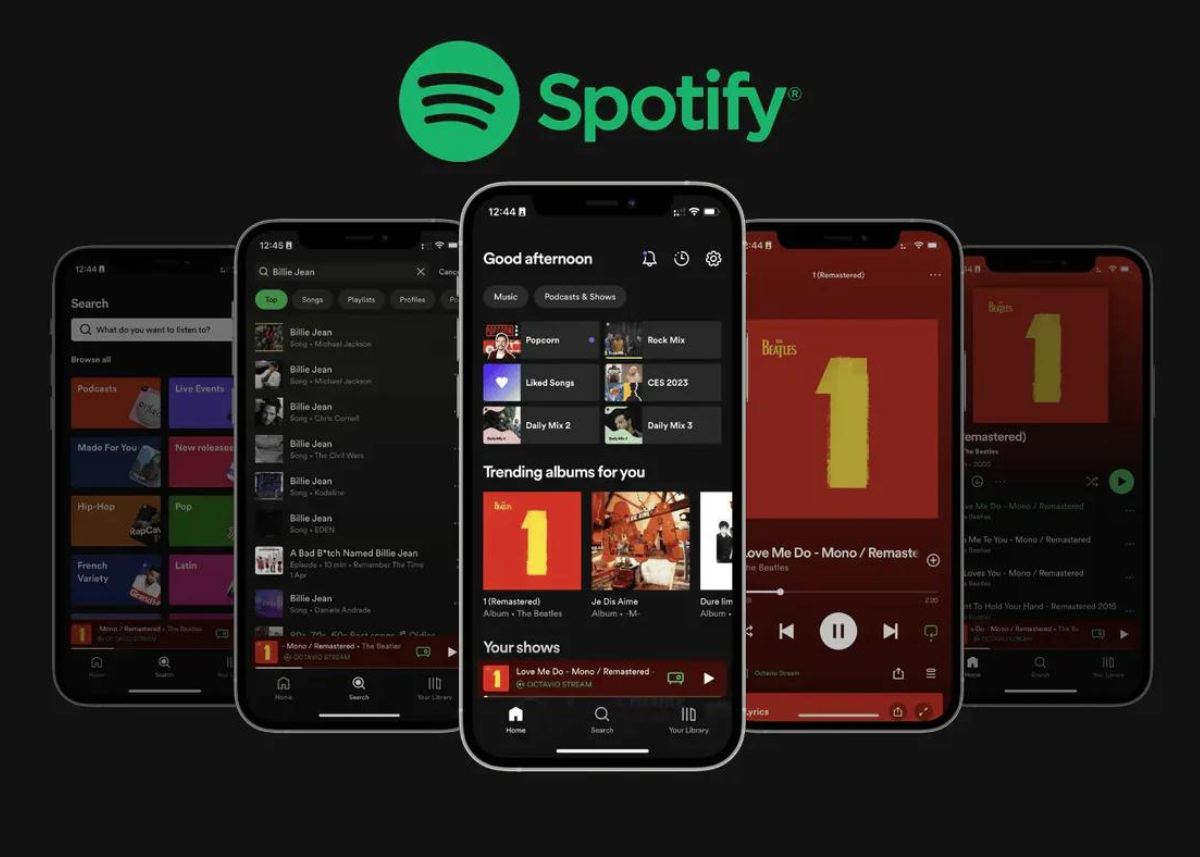Few companies have shaken up an industry as dramatically as Spotify has with music. Gone are the days when people paid per song to fill up their playlists. Instead, Spotify introduced the world to the magic of unlimited streaming for a monthly fee. While streaming services existed before Spotify, none offered the sheer volume of songs without imposing a limit. This bold move transformed Spotify into the reigning king of music streaming, with over 574 million monthly active users—236 million of whom pay for premium services. However, despite the staggering numbers and billions in revenue, Spotify faces a looming problem: it’s yet to turn a profit.
Spotify’s Business Model: The Double-Edged Sword
Spotify's business model is straightforward yet problematic. The company earns most of its revenue through two primary sources: premium subscriptions and advertising on its free tier. However, this is where the problem starts. Every time a user streams a song, Spotify pays a small royalty fee to the artist or record label, ranging between €0.003 to €0.005 per stream. These small payments add up, making it difficult for Spotify to stay profitable.
In 2023, Spotify reported a net loss of over €532 million. A quick glance at their financials reveals why: the company paid out €9.8 billion in royalties, which means 75% of every euro earned goes directly to the music rights holders. That leaves just 25% to cover everything else, from staffing to marketing, to the technology that keeps Spotify running. It’s a tough financial balancing act that’s proving unsustainable.
Potential Solutions to Spotify's Profitability Problem
So, how can Spotify turn things around? There are a few possible solutions, but each comes with its challenges.
Lowering Royalty Fees: One might think that Spotify, being the market leader, could negotiate lower royalty fees. However, this is easier said than done. The music industry is dominated by three major record labels—Sony Music, Warner Music Group, and Universal Music Group—who collectively control over 70% of the market. These powerful entities have little incentive to reduce their royalty demands and have even threatened to pull their catalogs if Spotify pushes for lower fees. Losing access to the music of major artists like Taylor Swift, Drake, and Adele would be catastrophic for Spotify, as millions of users might abandon the platform for its competitors.
Raising Subscription Prices: Another seemingly straightforward solution would be to increase the subscription price. Based on current financials, Spotify would turn a profit with just a 20% increase in revenue. However, in the highly competitive music streaming market, this approach is fraught with risk. The industry is saturated with similar services like Apple Music, Amazon Music, and YouTube Music, all offering access to the same music libraries at identical prices. Consumers are highly price-sensitive, and a price hike by Spotify could easily drive users to cheaper alternatives.
Furthermore, Spotify’s main competitors are part of larger ecosystems. Apple and Amazon, for instance, can afford to run their music services at a loss as they gain users for their broader ecosystem, including hardware sales and other subscription services. Spotify, which lacks these additional revenue streams, is in a more vulnerable position.
Diversifying into New Markets: Given the challenges of lowering costs or increasing prices, Spotify is exploring a third option: expanding into new markets. The company aims to become the world’s largest audio company, venturing into audiobooks, education, sports, and news. Spotify has already invested over $1 billion in building a podcasting empire, striking deals with big names like Kim Kardashian, the Obamas, and Joe Rogan.
However, this strategy is not without its pitfalls. Despite heavy investments, the financial returns from podcasting have been underwhelming so far. Some of the company’s high-profile podcast deals have faltered, and it remains to be seen whether this diversification will pay off in the long run.
The Uncertain Road Ahead
Spotify’s story is one of innovation coupled with financial struggle. While the company has fundamentally changed the way we listen to music, it faces significant challenges in achieving profitability. The music industry’s powerful oligopoly, combined with fierce competition from well-funded rivals, leaves Spotify with limited options.
As Spotify continues to expand into new audio markets and refine its strategies, the big question remains: can the company overcome its financial hurdles, or will its revolutionary model ultimately fall short? Only time will tell, but one thing is clear—Spotify’s journey is far from over.
This article is based on factual information available on third-party websites, which has been carefully confirmed and verified during the research process. It is recommended to check any required information. I do not hold any rights over the used image; it is sourced from Octavio via Google Images.





.png)
0 Comments